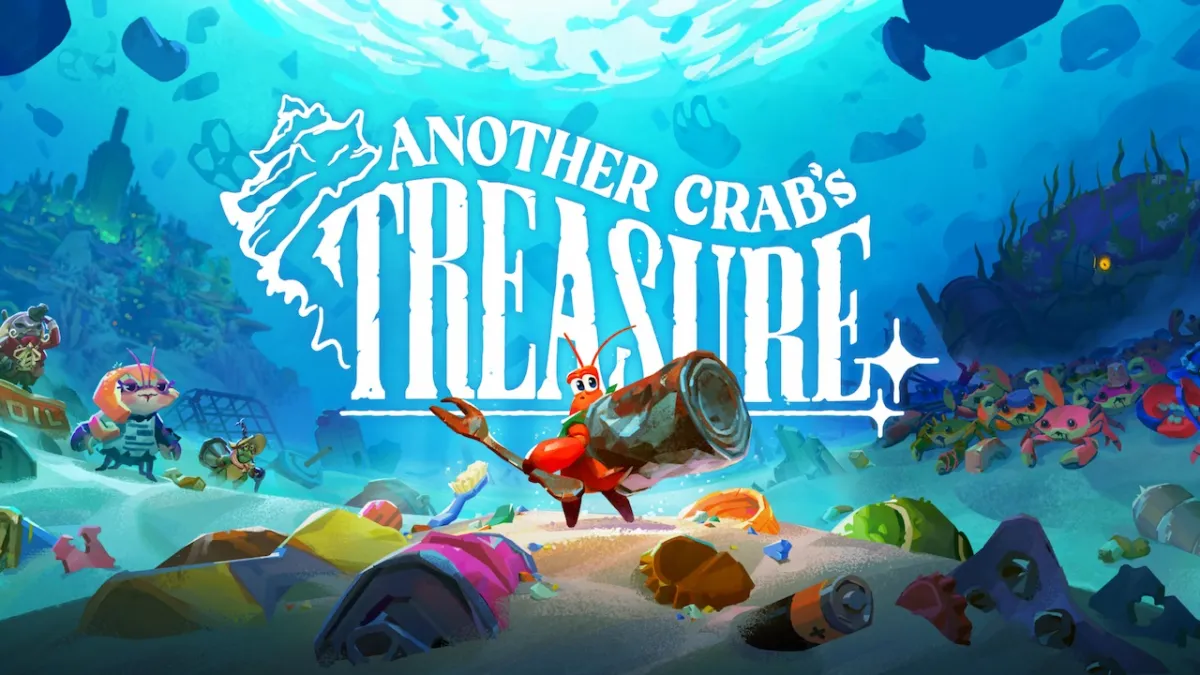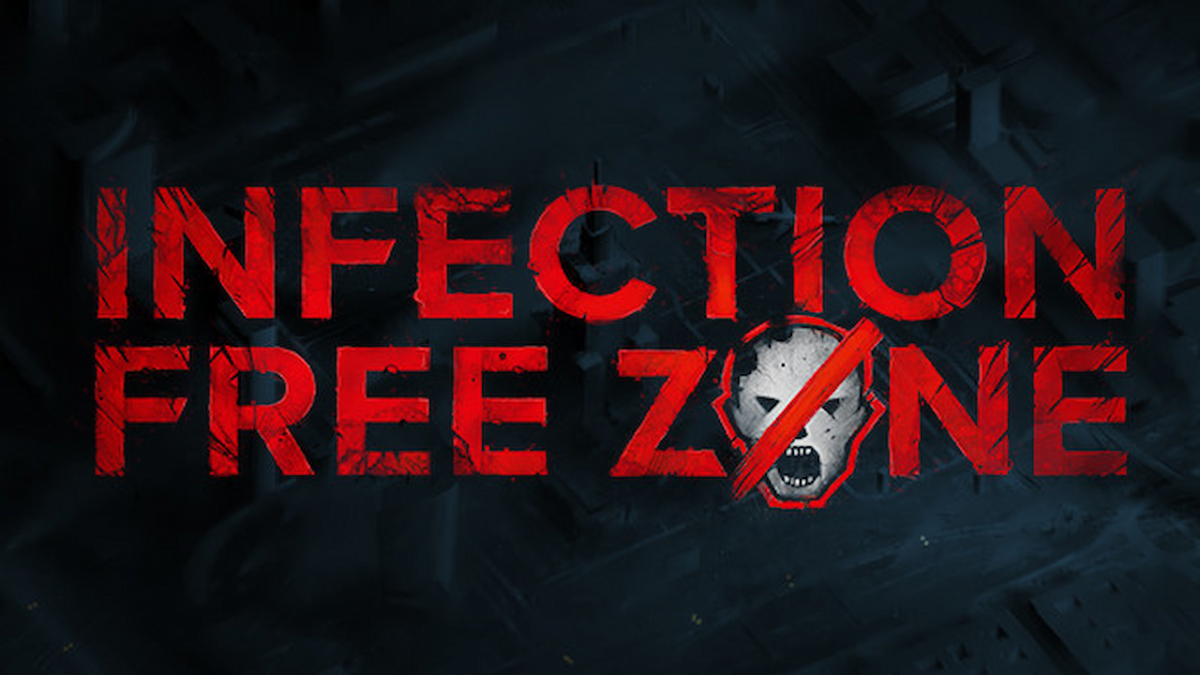Empire Divided adds a new campaign to Total War: Rome 2, fours years after the game’s initial release. Putting out an expansion that long after its original launch is an unusual move, but not unprecedented. Paradox have been adding DLC to Crusader Kings 2 for so long now that we’re actually on year five (and closing in on six). But the current champion must be Titan Quest, which just got a new Ragnarok expansion after eleven years.
Still, it’s rare. Creative Assembly’s decision to do this, I think, comes down to three things. Primarily, Total War: Rome 2 is still played by a lot of people. It retains 5-6k concurrent players on Steam, so there are plenty of potential buyers there (their more recent historical spin-off, Attila, has 2-3k in comparison). Second, it must still sting to have Total War: Rome 2 recalled as that game with the terrible launch. The studio already repackaged and reissued the game as the (by then, quite improved) ‘Emperor Edition,’ but I bet, deep down, their pride is still hurt by what that awful 2013 launch did to their reputation. Getting people to revisit the game through a shiny new expansion could result in more reappraisals.
Finally, the Rome 2 setting still has plenty of unexplored historical ground. In Empire Divided, the focus is on one period of the Crisis of the Third Century, during which the Roman empire was fractured, vulnerable, and had multiple claimants to power.
Empire Divided offers you three of those claimants as playable factions. There’s Aurelian, with his unusual choice of sun god headgear and a hefty chunk of land that encompasses Ancient Greece, Macedonia, and bits of north Africa (but not, notably, Rome itself). To his north-west, Gallic Rome (much of modern Western Europe) is controlled by Tetricus. In the south-east, around Syria, the Palmyran empire is ruled by Queen Zenobia.
Those three factions, plus the Sassanids and Gothi, are dubbed ‘Heroic’ factions. The five of them get their own invincible leaders (like Total War: Warhammer, these people only get ‘injured’ for a bit in battle), plus special event pop-ups, and more elaborate victory conditions. Another five factions (including the Britannic Celts and Armenia) have the more familiar Rome 2 sandbox feel without the more explicit narrative touches.
It’s pretty clear that Creative Assembly are taking aspects that found success in Total War: Attila and Warhammer and retroactively applying them to Rome 2. If you opt to play as one of the Roman factions (particularly Aurelian), there’s a similar urgency to perform triage on your ailing empire as there was in Attila. It’s like inheriting a saved game from somebody who expanded far too quickly and having to bring everything under some semblance of control.
The little narrative event pop-ups, meanwhile, feel influenced by Warhammer. That game certainly didn’t invent event pop-ups, but the emphasis on character arcs and attempts to further distinguish individual factions through narrative text have grown stronger in Creative Assembly’s most recent series. Familial dynasties used to be a much larger part of Total War games, of course. This recent direction seems to focus more on heroic individuals, which in some ways is a shame because I’m not convinced that boosting character stats creates the same bond as nurturing a whole lineage of conquerors, weirdos and failures.
I spent most of my time in charge of the Gothi faction, whose grizzled veteran leader Cannabaudes receives semi-regular stat buffs by recounting fireside stories of his adventures. They also get dream interpretation pop-ups, in which you’re asked to choose which omens are being foretold (and possibly receiving a relevant boon in return). The specific outcomes are sometimes hidden, but the events repeat often enough that you can figure them out pretty swiftly.
Where Empire Divided differs much more significantly from Total War’s recent fantasy jaunts, though, is in empire management. Revisiting Rome 2 is an immediate reminder of how much province management was simplified for Warhammer. It’s also a shock to see how quickly walled towns will surrender in a siege. Three turns? After three turns in Warhammer the city’s inhabitants would still be flipping me off and waving roasted chickens from atop the walls.
Empire Divided tosses cults, plagues, and bandits into the management mix. Of these, I find cults the most engaging. They cost nothing to build or to upgrade, and (at the lowest level) provide small, immediate bonuses to public order and sanitation. Bump them up any further, and you’ll receive more useful buffs, but at a cost. Cults cost large amounts of money to remove (so make sure you really want them) and each branch has its down side. The Mithraic cult, for example, will slash industry output by 30% but boost entertainment revenue by the same amount. It’ll also spread Mithraic culture, which could tip your public order over the edge.
Clever situational use of cults can give your empire some much needed stability. They’re also very tempting to use as a quick fix. Total War: Rome 2 has dozens of building trees, but what you end up going for can often end up feeling a bit rote. Cults add a meaningful extra layer of characterful decision making.
In some ways both banditry and plagues feel like additions to off-set the benefits from cults. They target precisely the factors (food and sanitation) that cults can boost. Plagues have a neat model, able to move down trade routes and be carried by armies to other settlements (where they will reduce public order, prevent growth, and hurt income). But they feel more like administrative busywork than an actual public health crisis. Up the sanitation and they’ll just go away. The same applies to banditry, which is basically just an abstract food tax that worsens as your empire grows.
There are some UI changes in the Empire Divided campaign too, the best of which are probably the lovely new unit cards and the increased ease with which you can look up those oft-confusing building trees. Generals have expanded level trees, and the tech progression has also been rejigged to suit the age. They’re all broadly beneficial changes, but Total War: Rome 2 will sometimes still betray its 2013 roots (I really missed being able to just hover over public order to get a pop-up showing the contributing factors; instead, it’s situated elsewhere in the UI).
I’ve been talking about administrative campaign stuff for the most part here because Empire Divided doesn’t really do anything to alter Rome 2’s battles. The three Roman factions get a handful of new units each, but beyond that the clashes are the same as they were by the time of the Emperor Edition release. Imperfect, in other words. Unit pathfinding in sieges and settlement battles can still be incoherent, and in one particular fight I was able to watch my 2,000 man strong ally sit around and do nothing while I fought the opposition army alone. I’m fairly sure that wasn’t just some devious ploy on his part.
That said, revisiting the battles in Rome 2 reminded me that Warhammer could really benefit from a couple more formation options. And even though the pathfinding can be a mess, I do miss fighting on the streets and alleyways of actual settlements every once in a while.
Though not strictly part of the Empire Divided expansion, the free Power and Politics update is coming out on the same day (30 November). Interested parties will probably already have been using this in its opt-in beta form, so I won’t dwell on it too long. It takes a more sensible approach to civil wars (you’ll now see which territories and armies will split off in the event of one) and gives you more avenues through which to influence the senate, or senatorial equivalent. Four different government types (with attendant bonuses and drawbacks) are now possible to adopt. They’re smart changes, and clean up an aspect of the game that still had loose ends even after the Emperor Edition.
Empire Divided’s choice of the Crisis of the Third Century era is an informed one for a Total War title. It’s rife with conflict and Roman strife, providing players a good opportunity to play an Attila-like campaign in charge of a teetering empire (or a upstart faction, ready to gobble up Roman territory). Mechanically, though, it’s largely administrative in nature; and beyond the inclusion of cults those additional layers don’t always feel highly substantial. Additional narrative trimmings for main characters and UI changes are welcome too, but, again, are smaller scale inclusions. It’s difficult to see how the $2.00 mark-up over previous (and, to be honest, slightly better) expansions like Caesar in Gaul or Hannibal at the Gates is justified.
This expansion is an opportunity to delve into a somewhat refreshed Total War: Rome 2 that I’m sure some will relish. But no matter how many overhauls take place, it’s a game that can’t entirely rid itself of that 2013 launch baggage.









